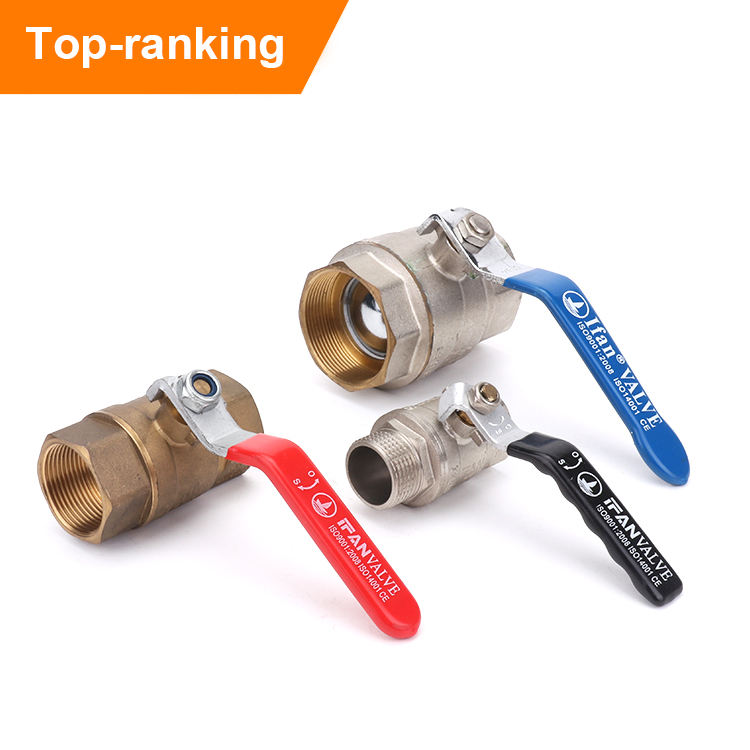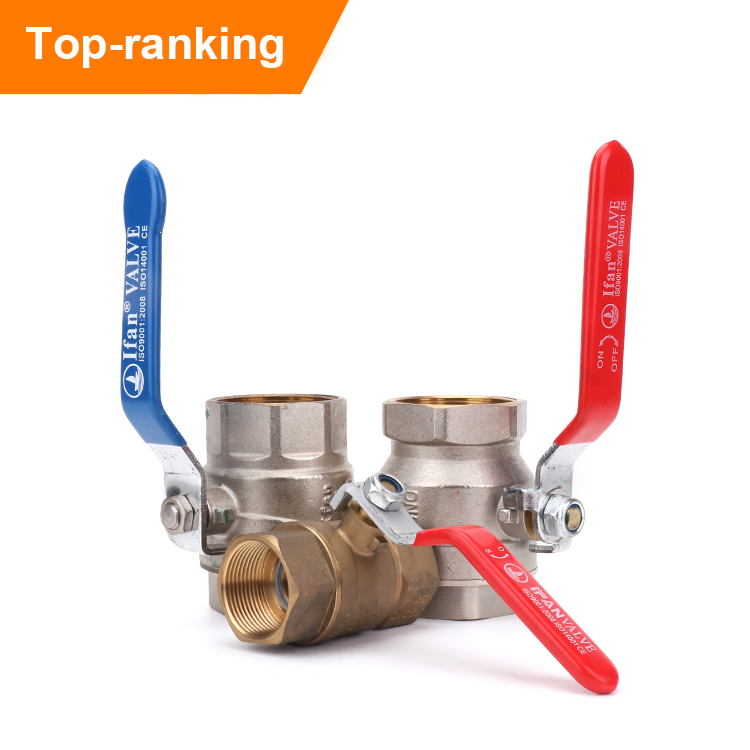The Importance of Proper Installation of Brass Ball Valves
Introduction
Proper installation of brass ball valves is essential to ensure their optimal performance and longevity in plumbing systems. Incorrect installation can lead to leaks, operational issues, and even damage to the valve or the entire plumbing infrastructure. In this article, we will highlight the importance of proper installation of brass ball valves and provide guidance on key considerations for a successful installation. Let’s break down this topic into easy-to-understand sections.
1. Leakage Prevention
One of the primary reasons for emphasizing proper installation is to prevent leaks. Improperly installed brass ball valves can result in leakage, leading to water wastage, property damage, and increased utility bills. It is crucial to ensure that the valve is tightly and securely connected to the plumbing system, utilizing appropriate fittings and techniques. This will help maintain a watertight seal and prevent any potential leaks.
2. Optimal Flow Control
Proper installation of brass ball valves ensures optimal flow control within the plumbing system. If the valve is not installed correctly, it may impede water flow or cause unnecessary pressure drops. This can result in reduced efficiency, poor performance, and disrupted water supply. By following the manufacturer’s guidelines and using appropriate installation methods, the valve can be positioned correctly to allow for smooth and efficient water flow control.

3. Prevention of Operational Issues
Incorrect installation can lead to various operational issues with brass ball valves. For example, if the valve stem is not aligned properly, it may cause stiffness or difficulty in turning the valve handle. Additionally, improper installation can result in misalignment of the valve body, leading to improper sealing and potential leakage. By ensuring proper alignment, positioning, and connection during installation, you can prevent these operational issues and ensure smooth valve operation.
4. Safety Considerations
Proper installation of brass ball valves is crucial for ensuring safety within the plumbing system. If valves are installed incorrectly or with compromised integrity, there is an increased risk of accidents or failures. For instance, a poorly installed valve may fail under high pressure, leading to water hammer or pipe bursts. By following proper installation procedures and using appropriate tools and techniques, you can minimize safety risks and ensure a secure and reliable plumbing system.

5. Extended Lifespan
Proper installation significantly contributes to the longevity of brass ball valves. When valves are installed correctly, they experience less stress, operate smoothly, and are less susceptible to damage and wear. This can extend the lifespan of the valves, reducing the need for frequent replacements and costly repairs. By investing time and effort in proper installation, you can maximize the durability and performance of brass ball valves, enhancing their overall lifespan.
Conclusion
Proper installation of brass ball valves is of utmost importance for their optimal performance, efficient flow control, and extended lifespan. It helps prevent leaks, ensures optimal flow, and prevents operational issues. Additionally, proper installation contributes to safety within the plumbing system. By following manufacturer guidelines, using appropriate techniques, and paying attention to alignment and connection, you can install brass ball valves successfully and enjoy their reliable performance for years to come.







